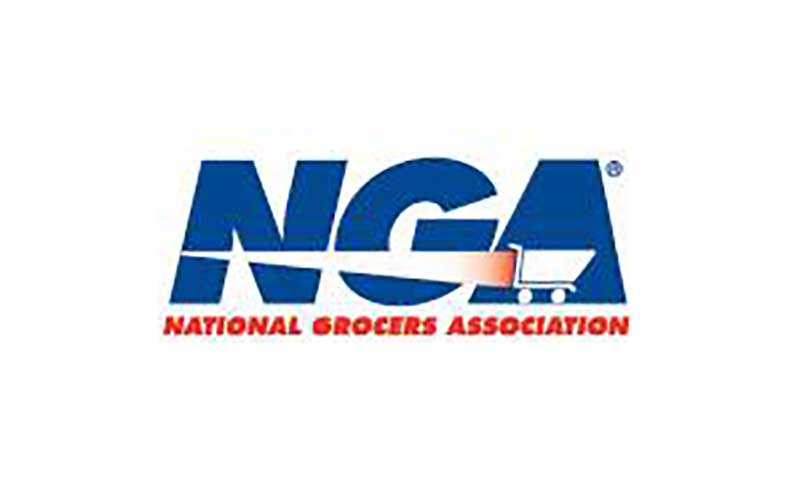by Jim Dudlicek / director, NGA Communications and External Affairs
Amazon continues to expand into the world of brick and mortar grocery. Moving beyond its acquisition of Whole Foods Market, the e-tailer has unfurled a banner in its own name: Amazon Fresh, a hybrid of traditional grocery store and Amazon innovation, from checkout tech to pricing strategy.
As the new brand gradually rolls out into key markets across the country, what can independent community grocers learn from Amazon Fresh? What are its strengths and weaknesses, and at what can independents excel where Amazon can’t?
In a recent webinar hosted by the National Grocers Association, Bill and David Bishop of Brick Meets Click examined various aspects of Amazon’s strategy with the Fresh store banner concept. Based on their proprietary research and personal observations of stores in the Chicago metro area, the Bishops shared views about site selection, store layout, assortment, promotion and pricing, as well as the use of various technologies to enhance the shopping experience.
Among competitors, Amazon is a “moving target,” Bill Bishop said. “They’re continuing to learn and certainly will improve, so will only get stronger.”
Here are some key takeaways from the discussion:
Location, location, location: So far, Amazon Fresh has 12 locations, with more on the way, all in areas of above average median income. Though open to physical traffic, the stores are configured so they’re conducive to filling online orders, David Bishop noted. “It’s not uncommon to see more pickers than actual customers,” he observed.
Fresh runs hot and cold: Independent grocers might do well to leverage the edge they appear to have in fresh areas, particularly on quality and service. Despite signature deals like 15-cent bananas, Bill Bishop described perishables at Amazon Fresh as “good, not great,” noting some lapses in quality and in-stocks. And though there’s a meat service counter, the store was ill equipped to deliver on a request for custom-trimmed steaks, he added. However, the Bishops gave high marks to prepared meal selections from the store’s Fresh Kitchen.
More than price: While touting daily low prices, Amazon Fresh isn’t the cheapest game in town; David Bishop noted that while prices are lower than at the hometown Jewel-Osco, Walmart and Aldi have it beat. Convenience is a significant factor. “Price is only one consideration,” he said, “but they know how to use it effectively.” On assortment, Amazon Fresh may stock as few as a third of the SKUs in particular categories as their competitors, but they’re SKUs seemingly selected to attract a new generation of shoppers.
Alexa, show me Aisle 7: Bill Bishop said Amazon deserves “an ‘A’ for in-store communications,” which include Alexa kiosks to help non-Prime members locate products, as well as display screens that explain store features and promote products. Plus, Amazon Fresh is the domain of the Dash cart, which automatically adds up the bill as items are added.
Unique traffic drivers: Features like an Amazon returns counter and displays of “Best of Amazon” and tech solutions available for purchase are intended to be key traffic generators and image enhancers of Amazon Fresh stores, Bill Bishop noted. “It’s a cross-sell opportunity that’s uniquely theirs,” he said, suggesting other retailers might do well to seek out partnerships with other brands to offer similar exclusive offerings.
Prime, proximity, product: These are the three keys to Amazon’s grocery strategy, with Fresh joining Whole Foods and Amazon Go/Go Grocery as its most mainstream entry to date. “The Amazon Fresh store is an acknowledgement that they can’t really do a great job of building their base of grocery shoppers without having a physical presence in the market,” Bill Bishop asserted. “Amazon Fresh is going to be key long-term to fulfilling their objective of being a serious player in the grocery business.”
To view this complete webinar, along with others in the series, visit nga.sclivelearningcenter.com/MVSite/default.aspx.

